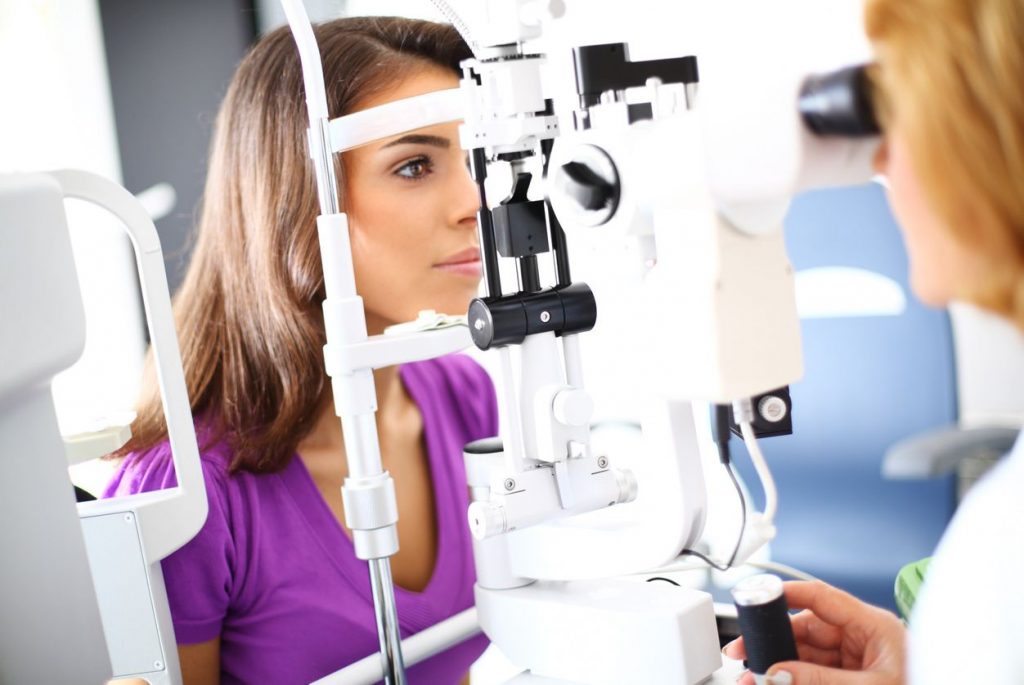At the HLV Eye Centers, we offer the latest advancements in vision correction to address each patient’s unique eye care needs. During patient consultations, Dr. Andrew E. Holzman is often asked many questions about eye health. One common question is when common eye conditions develop and what treatments are available in Washington, DC to correct these conditions.
Some eye conditions may be present at birth while others may develop at different points in a person’s life. In many cases, eye conditions that develop over time are a result of the aging process. With that said, let’s take a closer look at some common eye conditions and when they are most likely to develop. For answers to your specific questions or to find out which treatments are right for you, we invite you to schedule a consultation.
Astigmatism
Astigmatism is an eye condition in which the lens within the eye is curved differently than the other eye. In other words, the eye itself isn’t completely round. This causes varying degrees of blurry vision. In most cases, astigmatism is something a person is born with but may go unnoticed for years depending on the severity of vision blurriness. Although astigmatism is most likely inherited and present at birth, some people may develop this condition after suffering from an eye injury or eye disease that alters the shape of the eye’s lens.
Myopia
Myopia, commonly known as nearsightedness, is a condition in which the eye is structured in such a way that it is unable to focus correctly. This can be a result of the shape of the eye or the curvature of the cornea. In either case, distant objects appear blurry while close objects are in focus. Those who develop myopia generally begin to experience vision issues in childhood with changes in vision generally stopping in the teen years. However, this is not always the case and vision should be monitored with regular eye exams.
Hyperopia
Commonly called farsightedness, hyperopia is a condition in which the eye focuses images behind the retina rather than in front of the retina, leading to blurry near-vision. Hyperopia may be caused by an abnormally shaped cornea or lens, or from eye being too short. This condition often develops in childhood.
Presbyopia
Presbyopia is a condition in which it becomes more difficult to see things up close without any difficulty seeing far away. Presbyopia is a natural part of the aging process and occurs as a result of the eye’s lens becoming less flexible. It most commonly begins to develop around the age of 40. However, some may begin to develop presbyopia sometime in their mid- to late-30s.
Learn More about Your Treatment Options
If you have noticed issues with your vision, it is important to undergo a thorough eye exam to protect eye health and your vision. To schedule an exam, or to learn more about your treatment options, please schedule a consultation at the Eye Centers today.




